Designer Taher Chemirik welcomes us in his Paris studio
Taher’s World
-
Taher Chemirik
© Stefano Candito for L'AB/Pamono
-
© Stefano Candito for L'AB/Pamono
-
© Stefano Candito for L'AB/Pamono
-
© Stefano Candito for L'AB/Pamono
-
© Stefano Candito for L'AB/Pamono
-
© Stefano Candito for L'AB/Pamono
-
© Stefano Candito for L'AB/Pamono
-
© Stefano Candito for L'AB/Pamono
-
© Stefano Candito for L'AB/Pamono
-
© Stefano Candito for L'AB/Pamono
-
© Stefano Candito for L'AB/Pamono
-
© Stefano Candito for L'AB/Pamono
-
© Stefano Candito for L'AB/Pamono
-
© Stefano Candito for L'AB/Pamono
-
© Stefano Candito for L'AB/Pamono
-
© Stefano Candito for L'AB/Pamono
-
© Stefano Candito for L'AB/Pamono
-
© Stefano Candito for L'AB/Pamono
-
© Stefano Candito for L'AB/Pamono
-
© Stefano Candito for L'AB/Pamono
-
© Stefano Candito for L'AB/Pamono
-
© Stefano Candito for L'AB/Pamono
Taher Chemirik is not one to affect social airs and graces. The Algerian-born jeweler and furniture maker is most at ease among close friends or in his studio bringing his unique visions to reality. At Métamorphose, however—a recent Architectural Digest and Fendi exhibition in Paris featuring the talent of top décorateurs like Maria Pergay, François-Joseph Graff, Chahan Minassian, Charles Zana, and Vincent Darré—Chemirik received the onslaught of attention with aplomb.
Wearing his trademark jeans, brown lace-up shoes, and a smock-like linen coat for the occasion, he thanked one notable after another for their congratulations on his recent creation, Planetarium, a mesmerizing brass screen aglow with 1,200 discs of polished Brazilian agate. “It was like a beast that grew,” the 58-year-old says. “Once I saw the agate, I understood immediately what I could do with it. And then I became a little scared, because I got so carried away.” A bejeweled masterpiece of design and craftsmanship, Planetarium evokes the romance and mystery of a Gustav Klimt painting. “I always have a story behind each creation,” admits Chemirik—even as his work manages to be thoroughly contemporary.
As can be imagined, the screen’s weight is considerable—350 kilos to be precise—and when shipped recently, it was separated into three parts and packed into three vast wooden containers. Using his twinkling dark eyes for emphasis, Chemirik describes the entire process in detail. And that is part of his appeal. Gifted as Chemirik is, he remains authentic, incapable of pretension, intrigued by every element of his business, with an infectiously impish sense of humor. “Yes, Madame,” he quips if one is being a little too officious, and it is impossible not to laugh.
Chemirik’s studio resides in the 20th arrondissement, a busy, gritty part of Paris that has yet to be sanitized by Starbucks and other corporate establishments. Still, his light-filled space feels like a heavenly oasis of beauty, a treasure trove of his inspirations. Eclectic in style, these range from an arrangement of flat turquoise stones that Chemirik plans to use for his next project; a tall brass chandelier of his own design; shelves crammed with found objects, like an discarded streetlamp picked in the neighborhood; Taher’s vases commissioned by Bernardaud; a wall covered with a collage of photographs; and Taher’s precious drawing book, lying open on his main work desk in front of a colorful 1960s cabinet, another of his discoveries.
Each morning, Chemirik rises early, leaves his apartment, and crosses the Père Lachaise—the famed cemetery where Jim Morrison and other iconic artists are buried—in order to get to his late 19th-century atelier. “I enjoy the walk,” he says. “It’s very peaceful, and I like rearranging flower pots that have fallen and generally tidy up certain graves.” Others may complain about the birthing pains that accompany the creative process but not Chemirik. “Working is my luxury, because I love it,” he says. “I’m also incredibly fortunate to be represented by Béatrice Saint-Laurent.” Saint-Laurent owns BSL, the Marais-based gallery specializing in jewelry and one-off art pieces that combine decorative and conceptual approaches. “She really defends and believes in her artists,” Chemirik continues. “I mean, the more extravagant my idea, the keener she gets.”
Chemirik also admires that Saint-Laurent is fearless about her taste and pays no attention to what others think. Of course, the same could be said of Chemirik, who has always set his own terms. Designing costumes and accessories for La Comédie Française and the Opéra de Paris taught him about the power of effect; whereas being a decorator for Ralph Lauren and then making costume jewelry for the likes of Karl Lagerfeld at Chanel and Tom Ford at Yves Saint Laurent gave him a grasp of commercial retail and the confidence to launch his eponymous line of high-end jewelry. His signature designs using oversized links, drop-like petals, and ebony wood persuaded Time magazine to name Chemirik one of the world’s most influential designers in 2007.
Chemirik launched his first furniture collection just 18 months ago, including a clutch of cloud-like tables with adjustable legs, and a brass wall sculpture and bar cabinet that he describes rather pithily as “big jewels.” “Really, my furniture is a continuation of my jewelry, which is both sculptural and object-like,” he says. The stones he chooses—acquired from a French stone merchant whom he refers to as “a magician”—also determine the design. Proving his point, he delves into a recently delivered wooden box and pulls out blocks of rock crystal that will transform one his cabinets. “When I first saw these, they gave me goose bumps,” he says. As a result, he cannot wait to begin on the project. “Often I work away, and then look at my watch and see that it’s 5 a.m. I just have this urgency to finish and see what I’ve done. Then I feel so much joy that I forget my fatigue.”
-
Text by
-
Natasha Fraser-Cavassoni
Paris-based British writer Natasha has covered fashion and interiors for 24 years. After working for Karl Lagerfeld, W, and Harper’s Bazaar, she now contributes to the likes of British Vogue, Vanity Fair and Another.
-
-
Images by
-
Stefano Candito
At home everywhere, Stefano grew up in Italy and—after Germany, China and the U.S.—he now lives in Paris. Architecture and people are unquestionably the muses of his work.
-
Designbegeisterte hier entlang
Miss Marble Calacatta Glas von Lorenza Bozzoli für Editions Milano, 2015
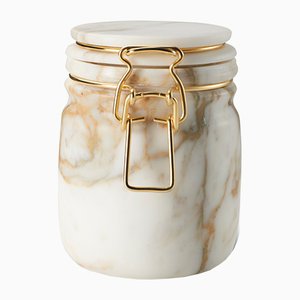
Miss Marble Portoro Krug von Lorenza Bozzoli für Editions Milano, 2015

Miss Marble Guatemala Gefäß von Lorenza Bozzoli für Editions Milano, 2015
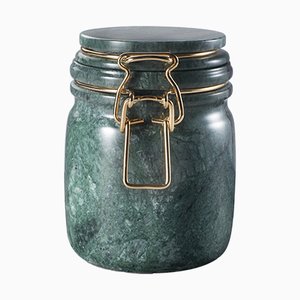
Miss Marble Levanto Glas von Lorenza Bozzoli für Editions Milano, 2015

Rotes Triangoli Gefäß von David / Nicolas für Editions Milano, 2017

Weißes Triangoli Gefäß von David / Nicolas für Editions Milano, 2017
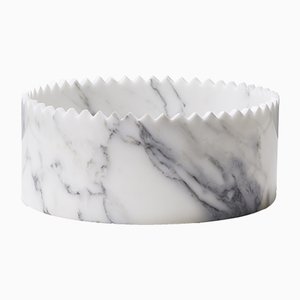
Triangoli Gefäß in Schwarz & Gold von David / Nicolas für Editions Milano, 2017

Coolers B Flaschenkühler von Pietro Russo für Editions Milano, 2017
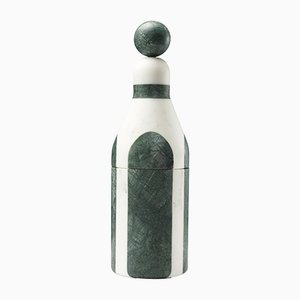
Coolers C Flaschenkühler von Pietro Russo für Editions Milano, 2017
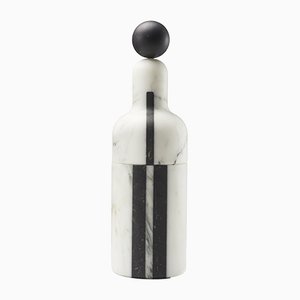
Coolers D Flaschenkühler von Pietro Russo für Editions Milano, 2017

Weißer Ice Ice Baby Eimer von Lorenza Bozzoli für Editions Milano, 2017
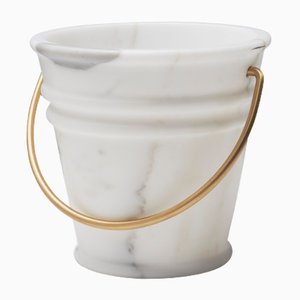
Black Ice Ice Baby Eimer von Lorenza Bozzoli für Editions Milano
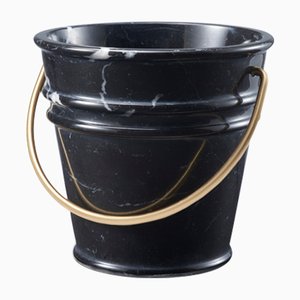























 Planetarium
Courtesy of Galerie BSL
Planetarium
Courtesy of Galerie BSL

